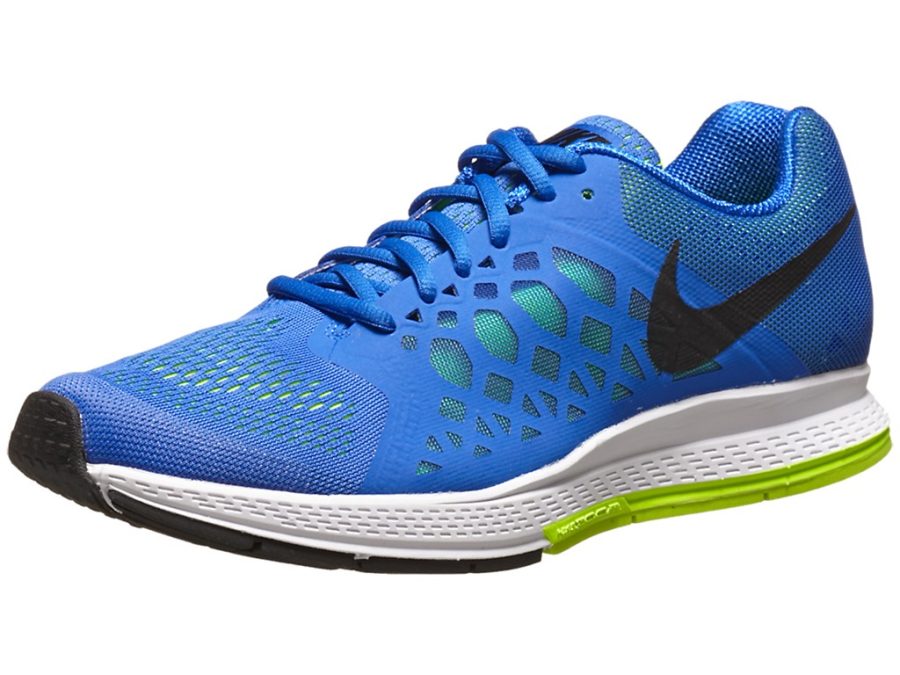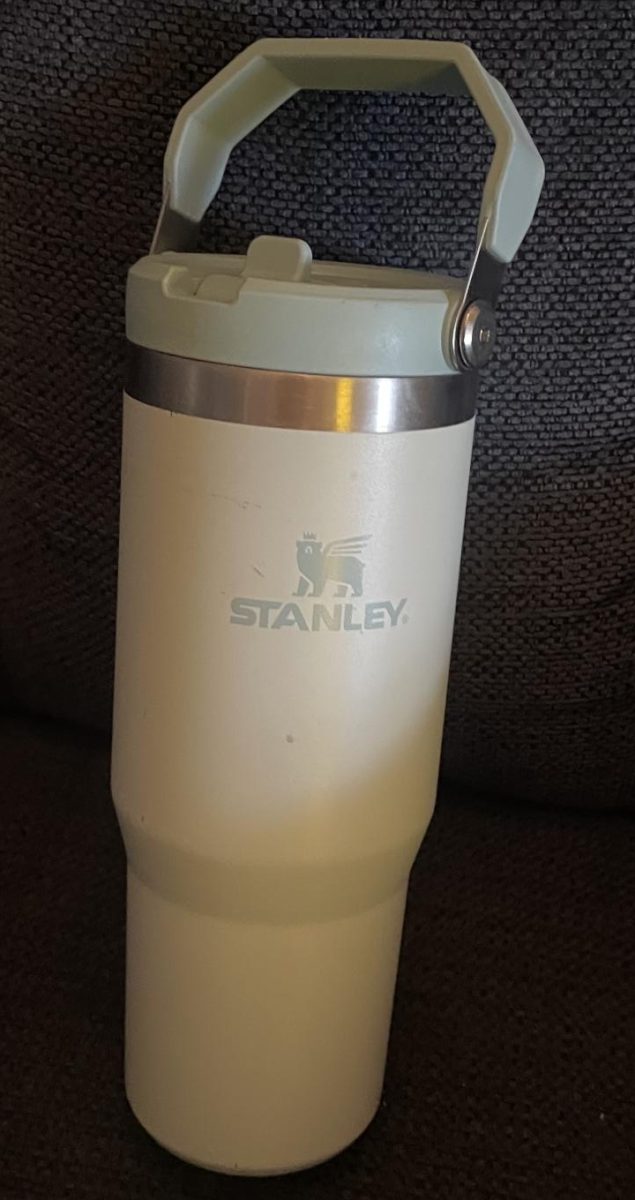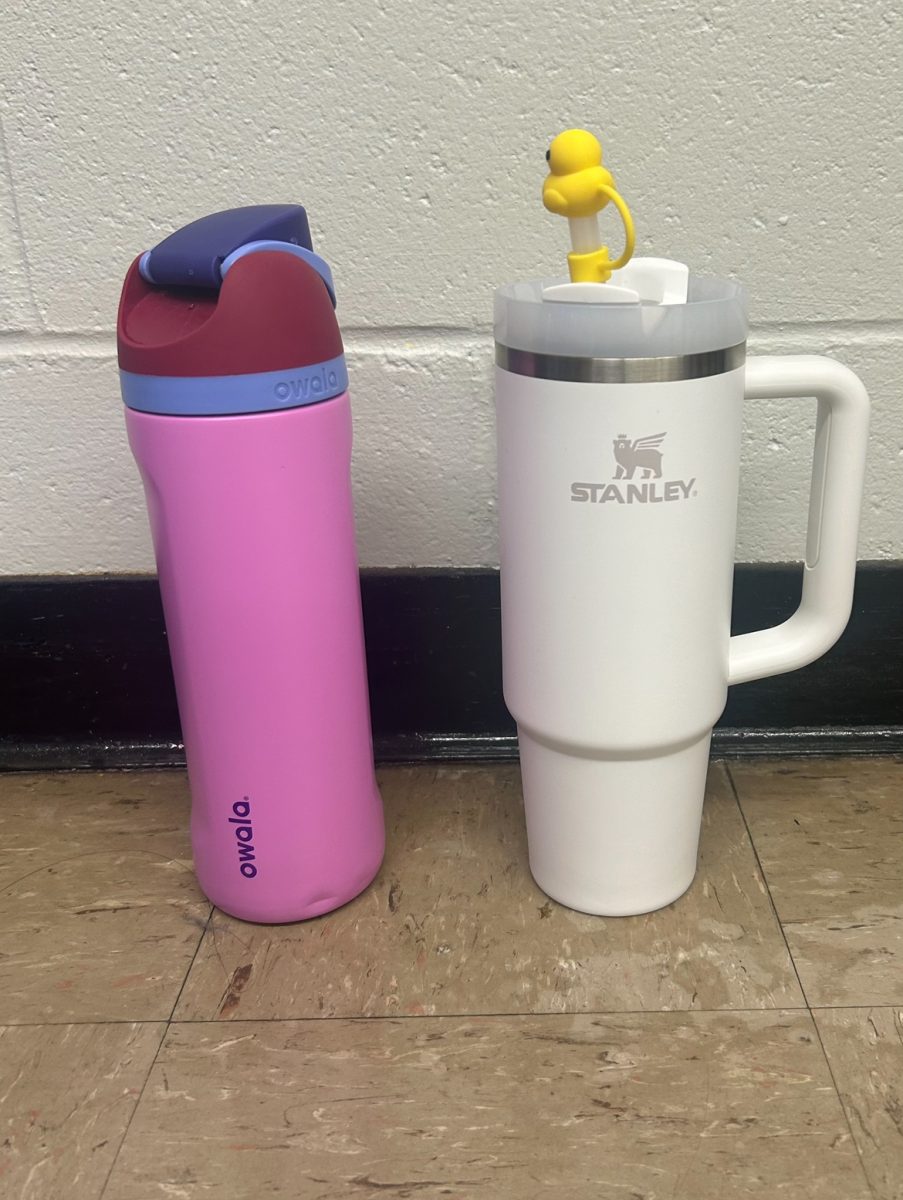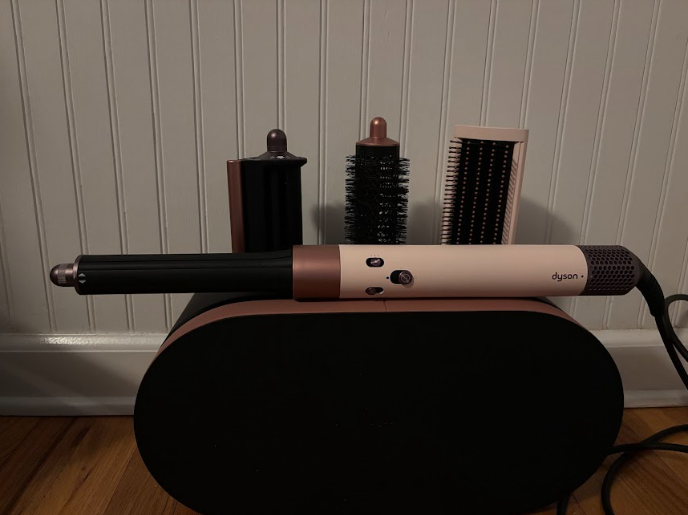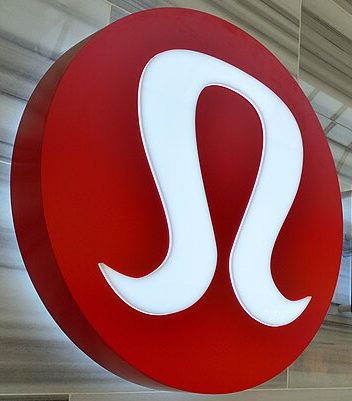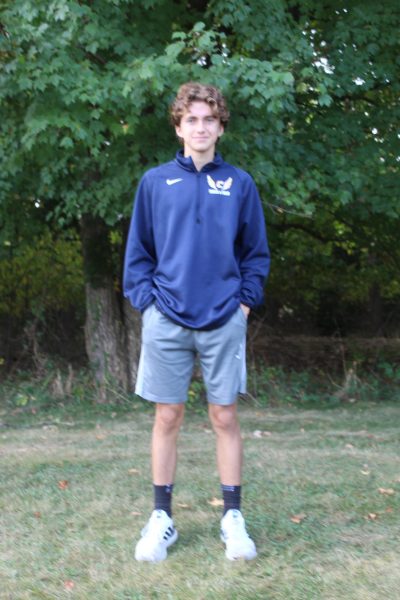You know what you want from your running shoes:light weight,cushioning,solid traction and a comfortable fit. However, the most important aspect: which shoes work best for you based on your personal experience with running.
To help you make the best possible choice for your next pair, I’ve reviewed some of the best shoes for each category. Whether it’s traction,weight, or support based on personal experience as well as the opinions of other websites. Scroll down for my top picks from this year and helpful insights on the benefits of buying each shoe.
My Sourcing Strategy
In order to make sure this article was as informative as possible, I went on popular running websites such as Runner’s World, Fleet Feet and runnerslab.com. Runner’s World works with more than 275 local runners of all ages and abilities for authentic testing on almost every terrain whether it’s paved roads,dirt paths or rocky singletracks. After running more than 100 miles in their running shoes, their testers report back their opinions on the shoe. The shoes are tested at the RW Lab where the stability,cushioning and weight are measured. That information is combined with personal experience to provide the most informative data possible.
Choosing the Best Running Shoe
Some brands are considered better and more top tier than others. However it really depends on what the person buying is looking for. Some runners care a lot about weight and look for lighter shoes. Although the lighter shoes make you feel faster,they have less cushioning which may be a deal breaker for some people especially if they’re going long distance but new mid sole foams now make a plush ride without adding much heft or weight to the shoe which will make lighter shoes even more appealing.
Another key component to consider is a running shoe’s drop(difference between heel and forefoot measurement). A higher drop can lead to more heel striking and transfer strain away from the lower leg to the knee. A lower drop will shift that load further down the chain of motion to the calf and Achilles. The preference depends on the person,neither is necessarily better than the other. It can vary depending on that person’s running mechanics,form or injury history.
Classic Running Shoes
Brooks Ghost,ASICS Gel-Kayano and the Nike Pegasus have been some of the best selling shoes for years. Runner’s World states that “When asked for a shoe recommendation by new runners, or for those who aren’t sure what they need, we generally point to classics like these as a starting point. After all, there’s a reason the Nike Air Zoom Pegasus has been around for almost four decades: It works for most people, most of the time.” Some of the best shoes I will be reveiewing in this article are the Nike Zoomx Vaporflys,Saucony Endorphin Pro 3s,Brooks Glycerin 20s as well as the Saucony Triumph 20s.
Outsole,Midsole and Upper
These parts of the shoe will be three of the most major aspects to consider when buying a shoe.
The Nike Air Zoom Pegasus 39s is undoubtedly a versatile choice no matter what you are looking for in your running shoe. To get into the specifics of its sole, the upper breathes better than its predecessor and all-new mesh design and the lacing feels more locked-in. Nike also brought back the Air unit in the heel. What hasn’t changed from last year’s version is the full-length midsole of React foam. Although not as light and bouncy as ZoomX, React feels medium soft and moderately flexible. Another solid classic, the ASICS Gel Kayano also continued their long time success with this year’s Kayano 29s. Their support is now just built in more evenly throughout the upper and outsole, rather than the midsole alone.
The Saucony Triumph 20s also impressed in 2023. The midsole’s high energy makes this shoe ideal for workouts on the road and intervals on the track. The all-over comfort of the shoe—the supportive Pwrrun+ midsole and sockliner made the Triumph appealing to buyers. With the breathable mesh upper’s plush tongue and heel collar, the Triumph is an ideal choice for long distance as well. The Nike Zoomx Vaporflys were once again a highly popular shoe despite its rather expensive cost.
Nike overhauled the Vaporfly from the rubber up, making it the lightest yet. One attempt to shave weight came in the midsole shaping. The foam is still the same ZoomX that delivers top-of-the-line energy return, but a cutout on the lateral sidewall—your foot doesn’t need support there—and a small channel under the midfoot reduces material. The Flyknit upper is thin and breathable not not very stretchy.
They also took off rubber under the forefoot, replaced with a web of diamond-shaped lugs. The Saucony Endorphin 3s also cut down on their weight with a thinner outsole and carbon fiber plate. Thanks to the Pwrrun PB midsole it maintained its bouncy sensation that you get with the other shoes from this brand. Brooks made a huge imprivement with the Brooks Glycerin 20s. Brooks’s knit uppers have come a long way since 2018’s Brooks Levitate. When it was first tested, reviewers said their feet overheated and the ribbed collar gave them nasty blisters on their heels. The Glycerin 20’s new Stealthfit upper is thin and adapts to your foot’s shape. You no longer have to wear thick crew socks to shield your heels from rubbing.
The Glycerin 20’s midsole is another feature we’ve seen before. Last year, the Aurora-BL introduced DNA Loft v3, a bouncier version of Brooks’s nitrogen-infused foam that’s found in the brand’s racing shoes.
In my personal experience I recently used the Hoka Mach 5s. The Mach 5 has replaced the Mach 4’s Profly midsole foam with Profly+ ,delivering a higher energy return. Also adapted from the Supersonic is the fit around the saddle. Like my experience testing the Nike Air Zoom Victorys, the first couple of runs in the 5 just didn’t have that flow I experienced with prior shoes. I originally pointed to the tighter midfoot as a possible reason. However, I theorize that it’s the density distribution in the new midsole foam. The original Profly foam is softer in the heel and firmer in the forefoot. I am a midfoot-striker, so perhaps it just takes some Profly+ fine-tuning to make the Mach feel more pre-Sonic.
Weight
Weight is another main factor of choosing shoes,generally people look for lighter weight when competitive running but some hobby joggers may prefer heavy weight. Last year’s Pegasus was great but left some runners disappointed with its heavier weight. The 39 fixes this with a drop in weight by almost an ounce. According to Runner’s World “I most liked the Pegasus’s consistency and durability,” one tester said. “The bounce, traction, ride, and stability were never compromised by additional wear or the surface I was running on. I felt good bounce, energy return, and support from the cushioning, but it was not super soft and plush. While it can work for some speed work and long runs, I would save these for normal easy training or tempos,” he added.” The ASICS Gel Kayano also impresses in this category, making its lightest weight shoe by about half an ounce. The Saucony Triumph 20s made their shoe significantly more lightweight and responsive with their new model.
The Nike Vaporfly Next %s sole is still top tier thanks to the exceptionally lightweight, soft, and springy ZoomX foam and rigid carbon-fiber plate. The Endorphin Pro 3 also hits the sweet spot weight-wise: It’s lighter than its predecessor and just a bit heavier than the Pro+. Weight savings come from sizable perforated holes in the tongue and a thinner outsole(mentioned above).
Bounce
The bounce or springiness of a running shoe isn’t as popular as the weight or midsole, but many runners still like a shoe with a good bounce to it. Once again, the Pegasus 39s are a solid choice if this is a factor you personally value. Morgan Petruny of Runner’s World said “The bounce, traction, ride, and stability were never compromised by additional wear or the surface I was running on. I felt good bounce, energy return, and support from the cushioning, but it was not super soft and plush. While it can work for some speedwork and long runs, I would save these for normal easy training or tempos,”. For the Gel Kayano 29s, Asics added a combo of firmer LiteTruss foam at the back of the shoe. On top and through the toe is a soft and bouncy Flytefoam Blast+. This means there’s no longer a need for any squishy gel in the forefoot. The Triumph 20s maintain a bouncy ride and 360-degree comfort.
Cushioning
Cushioning of a shoe is highly essential especially for runners who have a history of major or even minor injuries. The Triumph 20’s balance of cushioning without sacrificing rebound makes them very versatile. The Brooks Glycerin 20s are Brooks most cushioned shoes yet and are very versatile. It isn’t just a colossus reserved for slow long runs, it is more dynamic and can be used for any type of run.
Are you looking for new running shoes? If so,use this article as a guide to buying the best and most versatile.



